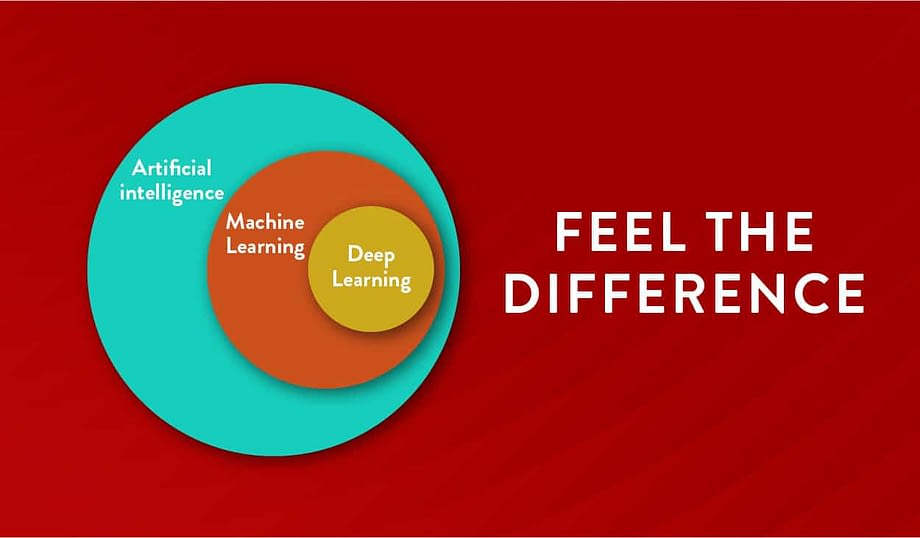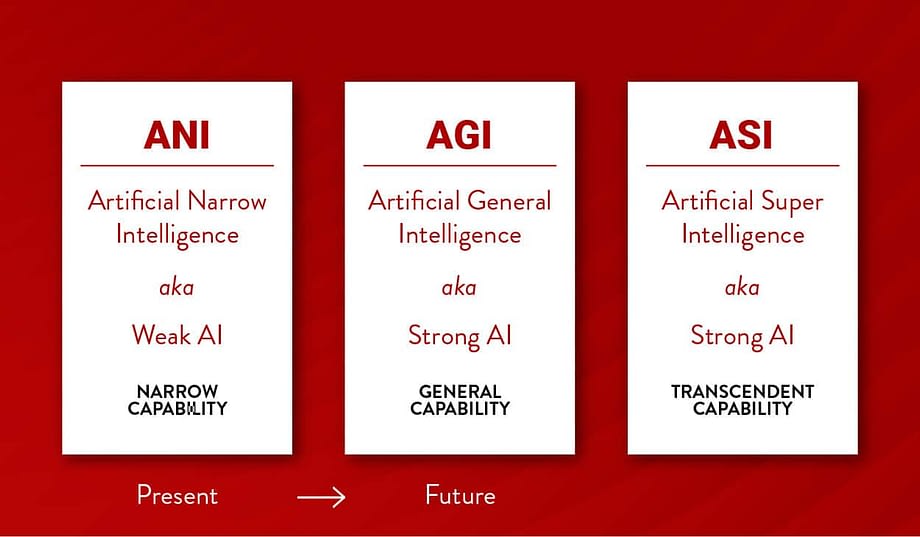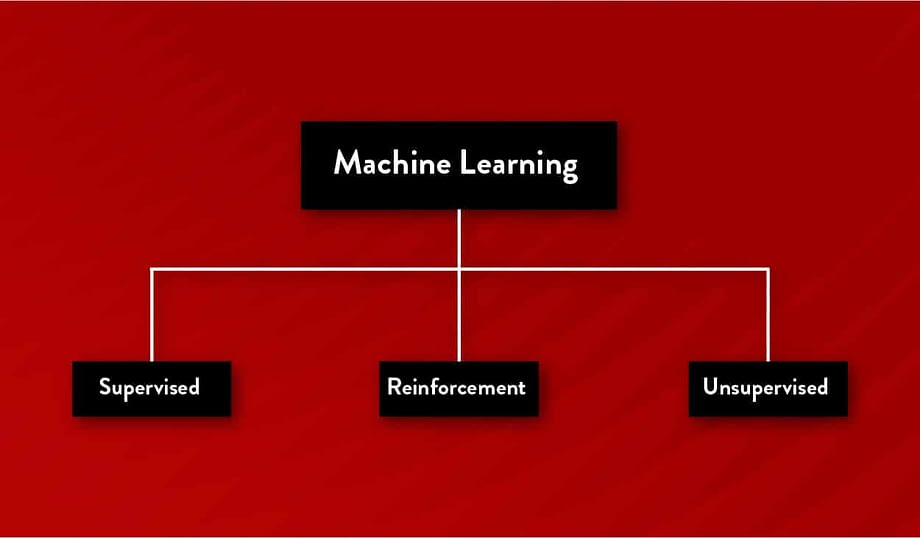You must have wondered how AI and ML are different but still connected.
.
Let me clear your doubts… Wait and read this carefully.
.
The world is covered by the Atmosphere but we humans live in the troposphere which is the lowest layer of our atmosphere. However, the atmosphere is the key focus layer and the top layer in which all layers reside. Likewise, Artificial Intelligence (AI) is a top layer or we can say that it is the presentation layer under which Machine Learning (ML) exists.
Each of these two terms has unique uses of their own. The distinction between the two may seem trivial but ML is the subset of Artificial Intelligence (AI). IT professionals and business leaders need to understand that they are two different concepts but are frequently used together.
In any case, at that point, it showed up! Artificial Intelligence, aka, AI, made its debut in real life and turned into the buzz word of the 21st century, giving us ground-breaking plans to explore and incredible possibilities. Yet, while AI and ML fall into a similar domain, they are altogether unique – with each having a particular application and result.
.
Let’s clear up some misunderstandings about Artificial Intelligence (AI) and Machine Learning (ML), so you can comprehend which is better for your particular use case.

It’s all begins with AI
Back in the 1950s, the fathers of the field Minsky and McCarthy described artificial intelligence is the science and programming of making intelligent machines. We first saw AI in practice mid a century ago with the Turing Test – a chess experiment planned by mathematician Alan Turing that turned for the first time through a computer opposed human intelligence by vanquishing a human player in the game. We would say the human had to apply intelligence to accomplish the task.
AI is the more extensive idea that comprises of everything from Good Old-Fashioned AI (GOFAI) all the way up to newer and advanced technologies like Deep Learning. At whatever the point a machine finishes tasks based on a lot of specified guidelines that solve problems (algorithms), this “intelligent” behavior is called AI.
AI is the superset of ML. The last is all the more overwhelmingly utilized in areas with enormous data sets encompassing the ‘3 Vs’ of Big Data: Volume, Velocity, and Variety. On the other hand, AI covers ML as well as different branches including Natural Language Processing, Deep Learning, Computer Vision, and Speech Recognition.
AI is pervasive today, used to recommend what you should purchase next online, to comprehend what you say to virtual assistants such as Amazon’s Alexa and Apple’s Siri, to perceive who and what is in a photograph, to spot spam, or detect credit card fraud. AI-powered machines are usually classified into three groups: Narrow, General & Super
- Narrow AI or Artificial Narrow Intelligence (ANI) also known as Weak AI. Weak AI focuses on doing one talk very well.
- General AI or Artificial General Intelligence (AGI) as known as Strong AI. Strong AI can do anything that humans can do.
- Super AI or Artificial Super Intelligence (ASI) is the strongest AI, even most intelligent humans cannot come close to the abilities of Super AI.

What is Machine Learning?
A computer scientist and pioneer in the field of Machine Learning described ML as: “The study of computer algorithms that allow computer programs to automatically improve through experience.” ML is the subset of AI that gives frameworks the capacity to consequently take in and improve for a fact without being unequivocally modified.
The process of ML begins with observations, studying data, and experience. Ml is the method of learning algorithms. The key process of ML is neural networks. Neural networks are the interconnected layers of algorithms that feed data into each other. ML fed a large amount of data to a computer system which uses to learn how to carry the specific tasks.
ML systems train a machine on how to learn and apply decisions when experienced with new circumstances and are intended to get more brilliant over time.
Machine Learning algorithms can be divided into three main groups are:
- The use of Supervised Machine Learning is to analyze historical data to understand behavior and formulate future forecasts.
- Unsupervised learning doesn’t need any historical labeled reactions. It focuses to develop predictive models from information that comprises of information
- In Reinforcement learning, an application presents the algorithm which must be decision making and decision bear consequences. In the human world, reinforcement learning is like a trial and error method

How AI relates to ML
AI is the big one, ML sits just inside it or we can say that the field of ML is the subfield of AI. Machine Learning plays a vital role to develop AI. There are various tools and algorithms that empower machines to replicate human behavior and intelligence. Machine Learning makes Artificial Intelligence much more convenient.
Wrapping Up
In short, Artificial Intelligence is a superset of Machine learning and Machine Learning is the subset of this field that helps in achieving artificial Intelligence.
.
That’s all!!
We are finished here
.
Hopefully, this blog has cleared your misunderstanding about Machine Learning, Artificial Intelligence, and how they are different but still connected.

